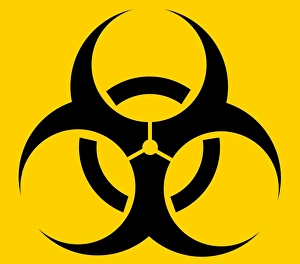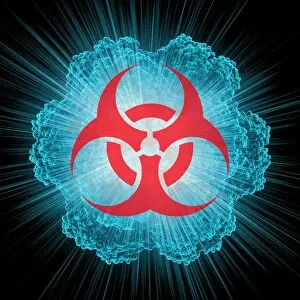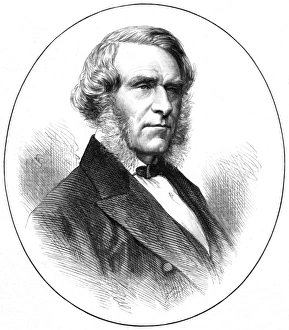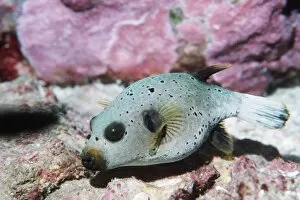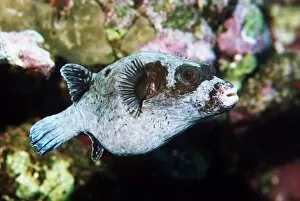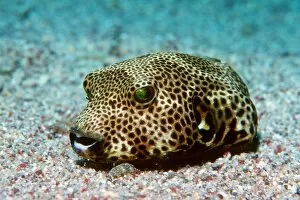Toxicology Collection
"Toxicology: Unveiling the Dark Secrets of Poisonous Substances" Step into the world of toxicology, where science meets art and history intertwines with mystery
All Professionally Made to Order for Quick Shipping
"Toxicology: Unveiling the Dark Secrets of Poisonous Substances" Step into the world of toxicology, where science meets art and history intertwines with mystery. In the 19th century, a captivating poppy bloomed in vibrant colors on canvas, capturing the essence of toxic substances that fascinated scholars and scientists alike. Dr Auguste Ambroise Tardieu, a renowned French doctor and scientist, delved deep into this realm to unravel its enigmatic nature. Within the walls of Municipal Chemistry Laboratory at Paris Police Prefecture in 1887, groundbreaking discoveries were made. Like Paracelsus before them - an elusive figure from centuries past - these dedicated researchers sought to understand how poisons affected our bodies. Thomas Stevenson, a brilliant British forensic scientist in 1899, meticulously examined evidence through his artistic lens. His sketches brought life to crime scenes tainted by deadly toxins as he unraveled their secrets for justice to prevail. Sir Robert Christison's name echoed through time as he fearlessly challenged conventional wisdom about poisonous substances. His pioneering work laid the foundation for modern toxicology practices that we rely upon today. The international biohazard symbol emerged as a universal warning sign against hazardous materials; it serves as a constant reminder of humanity's quest for knowledge amidst potential dangers lurking within our environment. Journey back to 1893 when laboratories buzzed with activity; here chemists tirelessly analyzed samples using cutting-edge techniques to identify lethal compounds hidden within unsuspecting objects or victims' bodies. The Lafarge murder trial became an infamous chapter etched in history's annals. Historical artwork captures this gripping courtroom drama where toxicological evidence played a pivotal role in determining guilt or innocence. Amidst these tales lies an intriguing duo – blackspotted pufferfish and map pufferfish – creatures both beautiful and deadly. Their venomous presence reminds us that even nature itself holds secrets waiting to be unlocked by the meticulous hands of toxicologists.






